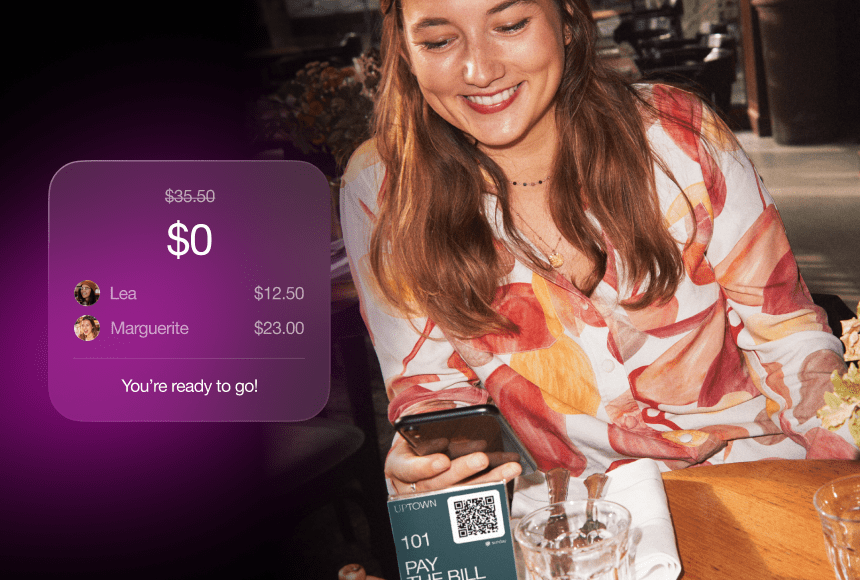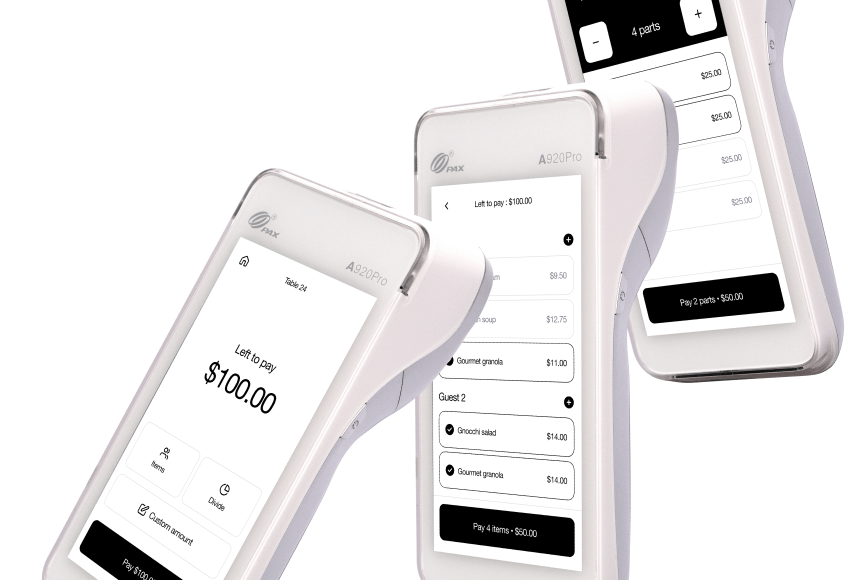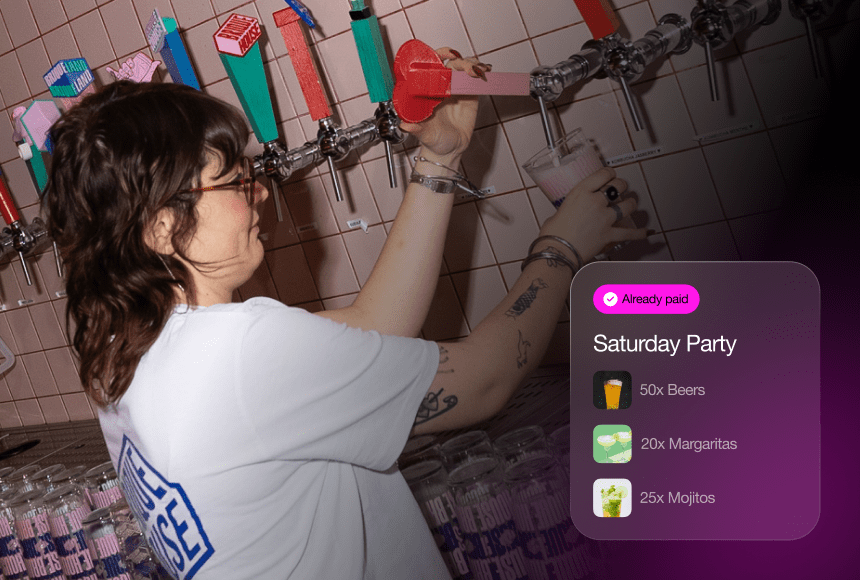
Optimizing Your Restaurant’s Checkout with Simple Scans
Why QR Code Payment Is Worth a Second Look
If you own or manage a restaurant, you know how precious every second can be—especially during peak hours. Long lines, payment mix-ups, and overworked servers can easily strain your team and your bottom line. That’s why QR code payment has taken center stage. According to the National Restaurant Association, more than half of diners now prefer contactless payment options when available (source). And it’s not just a passing fad—QR code payment streamlines service, boosts table turnover, and makes guests feel in control of their dining experience.
But like any new system, you need a thoughtful approach to make QR codes truly shine. This article lays out proven practices—from positioning codes at each table to training staff—so you can harness QR code payment in a way that benefits guests and employees alike.
1. Keep the Process Effortless
The hallmark of QR code payment is convenience. To ensure your customers quickly understand how to pay without help, keep these tips in mind:
- Clear instructions: Place a short message next to every code: “Scan to pay—no app needed!” This one-liner addresses concerns about extra downloads and clarifies the process.
- Eye-level placement: Don’t make diners search for your QR codes. They should be easily visible, whether on tabletop stands or a tasteful sticker next to each seat.
- Minimal screens: Once someone scans, let them see the total immediately. Forcing multiple steps or pop-ups can raise frustration—and may cause them to give up.
If it’s easy enough for a first-time user to figure out, you’re on the right track. Remember: not everyone is tech-savvy, so a little clarity can go a long way.
2. Train Staff to Be Enthusiastic Advocates
Even the smoothest technology won’t mean much if your employees don’t believe in it. Servers and hosts are your front-line ambassadors—if they’re uneasy or dismissive about QR code payment, guests might feel the same. To get your team on board, consider:
- Hands-on demos: Run a mini training session where each staff member scans a code and pays a mock bill. Feeling the process themselves will help them guide actual customers.
- Explain the benefits: Emphasize how it reduces table-side chaos and frees them for more meaningful guest interactions. That can mean higher tips and less stress.
- Prepare quick answers: Show them how to respond if a diner’s phone won’t scan or if they have security questions. A calm, knowledgeable response reassures guests.
When staff members see how QR codes cut down their workload, they’ll be thrilled to mention it to customers—especially during a busy shift.
3. Integrate with Your Existing POS
A QR code payment setup that doesn’t sync with your point-of-sale system can create more problems than it solves. If you’re manually reconciling digital payments and POS data at the end of every shift, that defeats the purpose of having a streamlined solution. Look for QR code platforms that:
- Connect directly to your POS: This ensures sales figures, discounts, and comps all match in real time. No double entry means fewer errors.
- Send itemized digital receipts: Properly itemized receipts help with inventory tracking and customer clarity if there’s a dispute.
- Offer robust reporting: You’ll want the ability to see how many guests used QR payment, average check size, and peak usage times.
By tying everything together behind the scenes, you maintain an accurate snapshot of sales, tipping, and payment flow—without adding layers of busywork.
4. Offer a Backup for the Tech-Cautious
Even if QR code payment is the centerpiece, some guests might feel more comfortable with old-school methods. To avoid alienating anyone:
- Keep a traditional payment option: Let them swipe a card or pay cash if they prefer. It’s a small gesture that can keep everyone happy.
- Provide a second chance: If someone’s phone struggles to scan the code, consider having a fallback link or a short URL. That way, a phone with a glitchy camera isn’t a dead end.
This inclusive approach shows you respect individual preferences, which helps build goodwill—and avoids potential bottlenecks if the Wi-Fi or smartphone connection falters.
5. Optimize the Payment Page for Quick Tipping
One subtle perk of QR code payment is how it can subtly encourage diners to be more generous. Many solutions, including sunday, offer an interface that seamlessly suggests tip percentages right before checkout. Best practices here include:
- Strategic tip prompts: Give users an easy way to pick 15%, 18%, or 20%. Avoid making them hunt for the tip screen—it should appear naturally in the flow.
- Allow custom amounts: Some people prefer to tip a set dollar figure or above 20%. Keep that option visible as well.
- Clear disclaimers: Make sure it’s obvious these are suggestions, not mandatory fees. Transparency fosters trust.
When the tipping process feels quick and fair, diners are less likely to skip it or reduce the amount out of confusion or impatience.
6. Highlight Security and Privacy
People might be hesitant about scanning random codes, especially if they store sensitive financial details on their phones. To put them at ease:
- Show your credentials: Briefly note that your system uses PCI-compliant payment gateways and encryption—no card data is stored on your servers.
- Use reputable vendors: If your QR code platform is tied to a well-known payment provider, mention it. Name recognition builds confidence.
- Emphasize no personal data collection: If you’re not capturing phone numbers or emails unless diners opt in, say so. It assures them you’re not harvesting info against their will.
A short message on the payment screen, such as “We care about your security: all transactions are encrypted,” can help diners feel comfortable hitting that “Pay” button.
7. Make It Part of the Dining Journey
QR code payment shouldn’t feel like an afterthought. Integrate it organically into the meal’s flow. For example:
- Introduce it early: When greeting diners or handing over menus, servers can casually mention, “If you want a quick checkout later, just scan the code on your table.”
- Check in as they finish: A quick, friendly reminder that they can pay any time is welcome—“No rush, but the code is there whenever you’re ready.”
- Invite feedback: Some solutions can prompt a star rating or quick comment after payment. That real-time feedback could make reviews (and your online reputation) shine.
A well-timed mention can prompt guests to use the QR code just as they’re wrapping up dessert, creating a sense of total control over their schedule.
8. Prepare for Common Troubleshooting
No matter how smoothly you set things up, the occasional hiccup is inevitable. Coach your team so they know how to handle typical issues:
- Scanner doesn’t detect the code: Glare or low lighting might be the culprit. Staff can suggest tilting the phone or holding it slightly closer/farther away.
- Phone can’t open the link: Perhaps the diner’s mobile data is weak. Offer complimentary Wi-Fi or a fallback solution, such as a short URL.
- Guest changed their mind: If someone tapped too quickly or regrets a tip choice, train servers on how to adjust or void the transaction in your system promptly.
Arming staff with these quick fixes prevents small glitches from snowballing into major frustrations.
9. Track Your Results and Refine
One advantage of digital payments is the steady stream of data they can provide. Instead of guessing about your busiest hours or average check sizes, you can see real numbers. It’s wise to check:
- Uptake rate: How many customers use QR code payment versus traditional methods?
- Time from check to payment: Are diners paying quicker? That might help with table turnover.
- Tip percentages: Are they higher or lower compared to manual credit card tipping?
- Customer feedback: Do reviews or direct comments mention the convenience (or any confusion) surrounding the new system?
Based on this info, you can tweak your approach. Maybe you’ll move the stickers to a better spot if usage is low, or refine your tip prompts if your staff sees a dip in gratuities. The more you measure, the more effectively you can adjust.
10. Offer a Personalized Touch
Just because you’re using technology doesn’t mean you lose the human element. A few clever touches can make QR code payment feel warm and personal:
- Custom branding: If possible, embed your restaurant’s logo or style in the payment interface. A sense of familiarity welcomes diners to complete the process.
- Tailored upsells: Some systems let you spotlight desserts, drinks, or loyalty perks right in the payment screen. This can subtly invite diners to return or try a special add-on next time.
- Thank-you notes: After they pay, a short message like, “Thanks for dining with us! We can’t wait to see you again” can cap the experience on a friendly note.
When your QR code system reflects your unique brand voice, it goes beyond a mere transaction—it becomes part of your restaurant’s story.
An Example in Action: The Busy Brunch Café
Picture a popular brunch spot, “Morning Feast.” Before introducing QR code payment, their Saturday crowd always formed a line of impatient diners waiting to settle the check. Staff felt pressure from every side—juggling coffee refills, new orders, and final payments. After launching a well-implemented QR code payment system, three major changes took place:
- Higher table turnover: Guests paid right when they finished, letting the café seat new arrivals faster.
- Calmer staff: Instead of running receipts back and forth, servers had time to engage more deeply with guests—leading to glowing reviews and bigger tips.
- Reduced confusion: People in a group could scan the code individually and pay their portion of the bill, eliminating the usual math fiasco at the end of brunch.
Within weeks, Morning Feast saw not only a smoother weekend rush, but also a rise in overall customer satisfaction ratings online. Word soon spread about how “fast and stress-free” the café’s checkout was, helping Morning Feast stand out in a crowded market.
Elevating Service from Start to Finish
Adopting QR code payment doesn’t just streamline the last step of a meal—it sets the tone that your restaurant respects your guests’ time and comfort. And while the tech-savvy among us adore anything new and shiny, even less digital-minded customers can appreciate a faster exit when they have errands or appointments. Overall, it’s an investment that touches on guest satisfaction, staff efficiency, and your reputation as a modern establishment.
Just remember to keep those best practices in mind: a clean interface, staff who are confident and supportive, a fallback option, and a smart integration with your POS. Combine these elements, and you’ll find that QR code payment can do more than process transactions—it can help your restaurant run more smoothly, boost table turnover, and leave a lasting positive impression on everyone who walks through your doors.
Embrace the shift, fine-tune the details, and your business can look forward to a checkout process that’s as delightful and efficient as the meals you serve. And that, ultimately, is what keeps diners coming back for seconds, telling their friends, and making your restaurant a staple in their routine.
Find out more today
Drop us your details below and we’ll reach out within the next 24h
“Check please” is a thing of the past.
With our integrated QR codes your customers pay in seconds, straight from their table.



